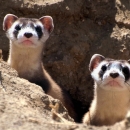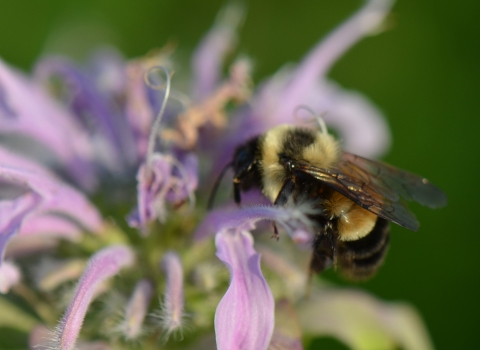What We Do
With a service area centered on central and western Texas, field office staff work with federal, tribal, state, local, and private partners to:
- Recover federally endangered, threatened, and other imperiled species.
- Compile and analyze data for decisions regarding which plants and animals receive Endangered Species Act protection.
- Help federal agencies identify and address negative plant, fish, and wildlife impacts from projects they fund or authorize.
- Assist the public with non-Federal projects and compliance with the Endangered Species Act.
Our Services
We offer a handful of services to support plant, fish, and wildlife conservation - especially federal threatened or endangered species. Different services are tailored to different groups and situations, so if you want to proactively support imperiled species conservation on your property or if you wonder how federally-protected plants and animals may factor into your situation, explore the services we offer.
Our Projects and Research
Working with others is at the core of how we operate, and through those partnerships, we develop a number of conservation projects across central and western Texas. Learn more about some of the key efforts we have underway.
The U.S. Fish and Wildlife Service (Service) recognizes the critical role of transportation in the economic and ecological well-being of human communities. Transportation projects influence the character of a region by the number of people and amount of goods and services it transports. Transportation designs also influence plant and animal species and their habitats, and the ecological health...
Working with partners, the U.S. Fish and Wildlife Service (Service) uses a range of conservation tools to recover threatened and endangered species to ensure that they are able to survive on their own in the wild. These tools can include acquiring and restoring habitat, removing invasive species, conducting surveys, monitoring individual populations, and breeding species in captivity to...
Laws and Regulations
Under several federal laws, Congress has directed the U.S. Fish and Wildlife Service to be stewards of our nation's plant, fish, and wildlife resources - particularly animals like birds and fishes that cross state and even international borders; federal threatened and endangered species; and the National Wildlife Refuge system - the system of federal lands dedicated to wildlife conservation. Congress has similarly directed the Fish and Wildlife Service to work with other federal agencies to minimize or eliminate negative impacts to plants, fishes, and wildlife from projects they fund or authorize. Learn more about the laws that direct our work.





